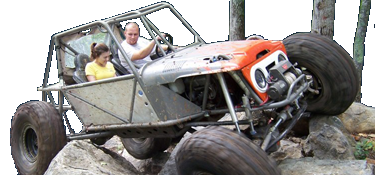Darkbloodmon
Active Member
- Joined
- Dec 21, 2020
- Location
- Concord, NC
Question has been on my mind for a few years now, figured a 4x4 forum would have some ideas or consensus so here it goes....
Does a high tire pressure result in better tire cooling; all other variables remaining the same?
Technical context : 265/70/17 is the stock tire size for my 03 5.9 CTD 6MT, Rec. pressure from the data plate is 60psi front 70psi rear, max pressure on the tire is 80psi. I run on the street 74 psi square.
Tires are a 6 ply LT Tire with an A temperature rating. My usual curb weight is 7600Lbs +- 433lbs for the increased fuel tank capacity.
Bonus question: If for any reason I find my self in a situation where I need to drop my tire pressure, how low is to low given the tire max pressure, temp. rating, ply, and or tire intended use?
My front end is more than 1200lbs, and at the pressure I run my front tires still compress the side walls a good bit. Rear is near picture perfect for a tire display.
Does a high tire pressure result in better tire cooling; all other variables remaining the same?
Technical context : 265/70/17 is the stock tire size for my 03 5.9 CTD 6MT, Rec. pressure from the data plate is 60psi front 70psi rear, max pressure on the tire is 80psi. I run on the street 74 psi square.
Tires are a 6 ply LT Tire with an A temperature rating. My usual curb weight is 7600Lbs +- 433lbs for the increased fuel tank capacity.
Bonus question: If for any reason I find my self in a situation where I need to drop my tire pressure, how low is to low given the tire max pressure, temp. rating, ply, and or tire intended use?
My front end is more than 1200lbs, and at the pressure I run my front tires still compress the side walls a good bit. Rear is near picture perfect for a tire display.

